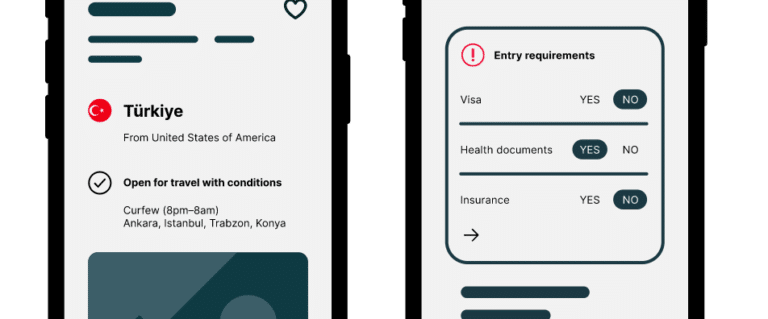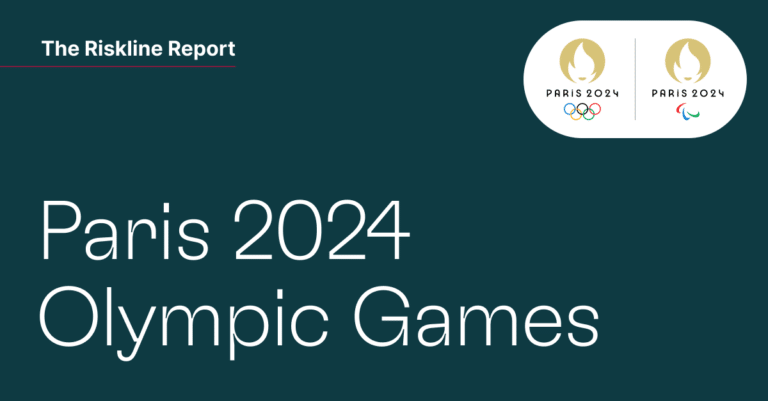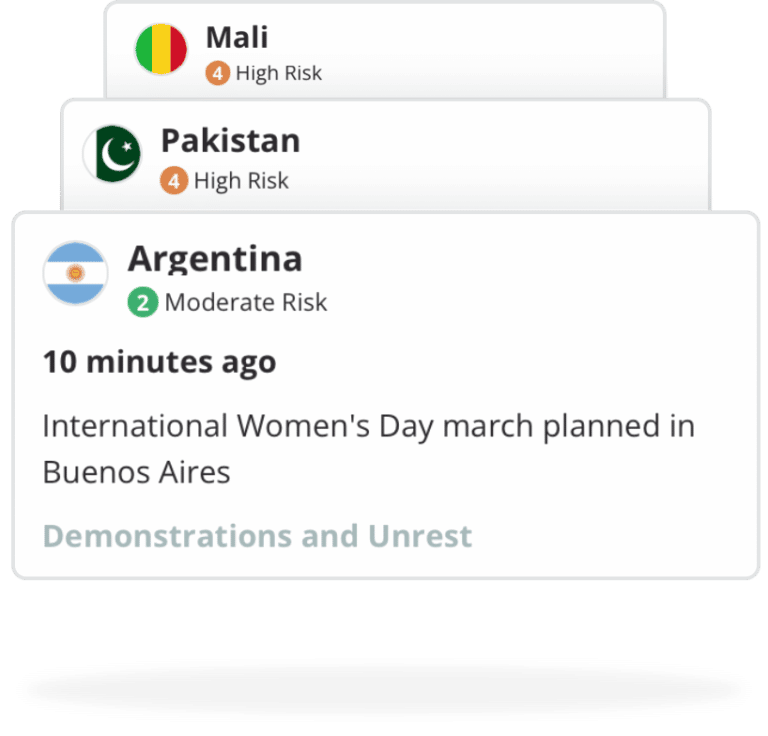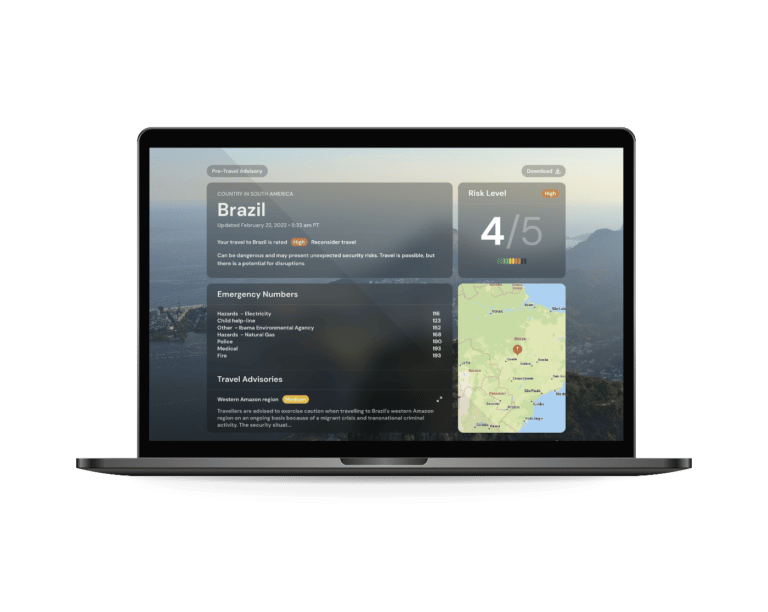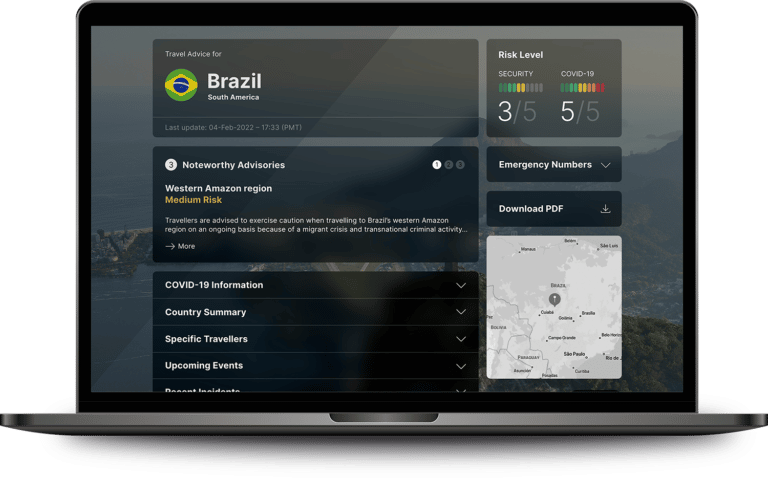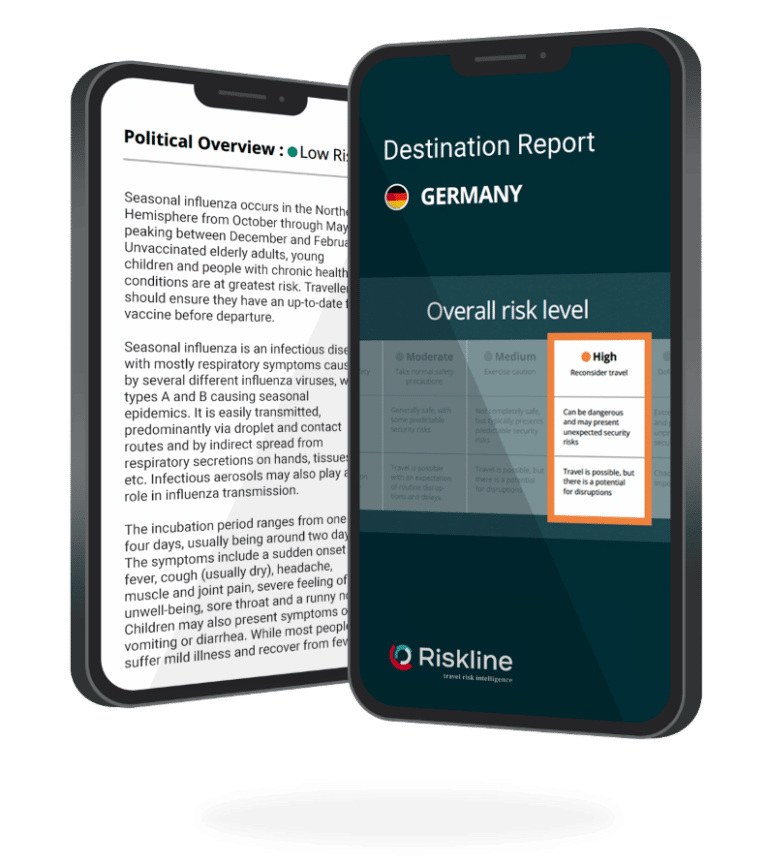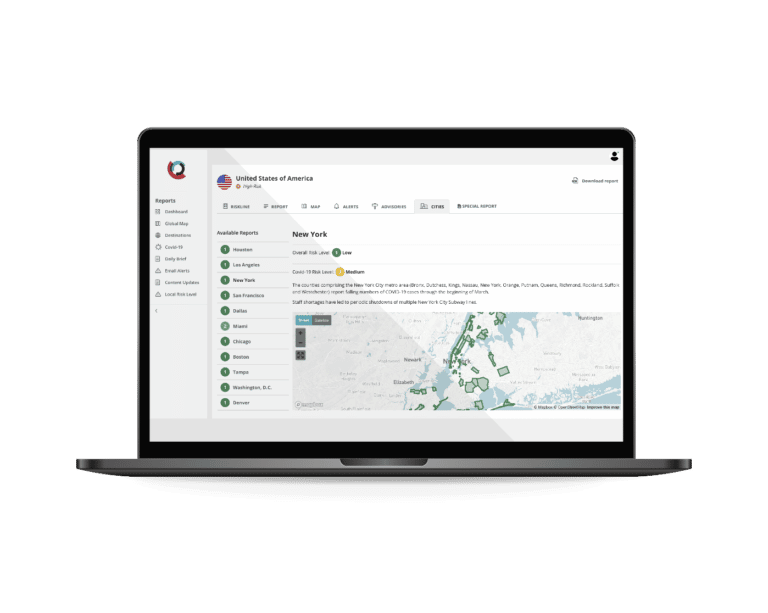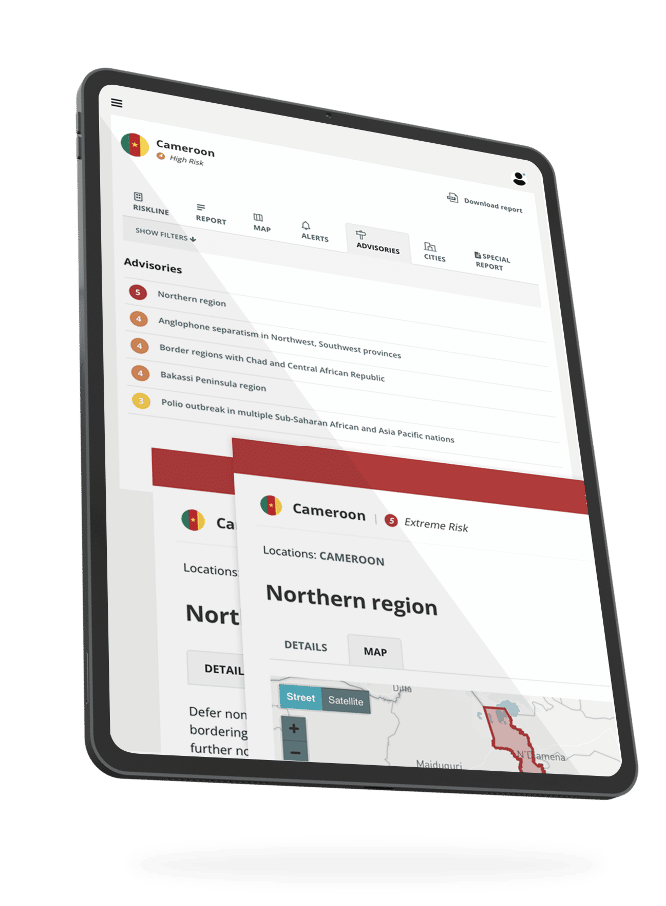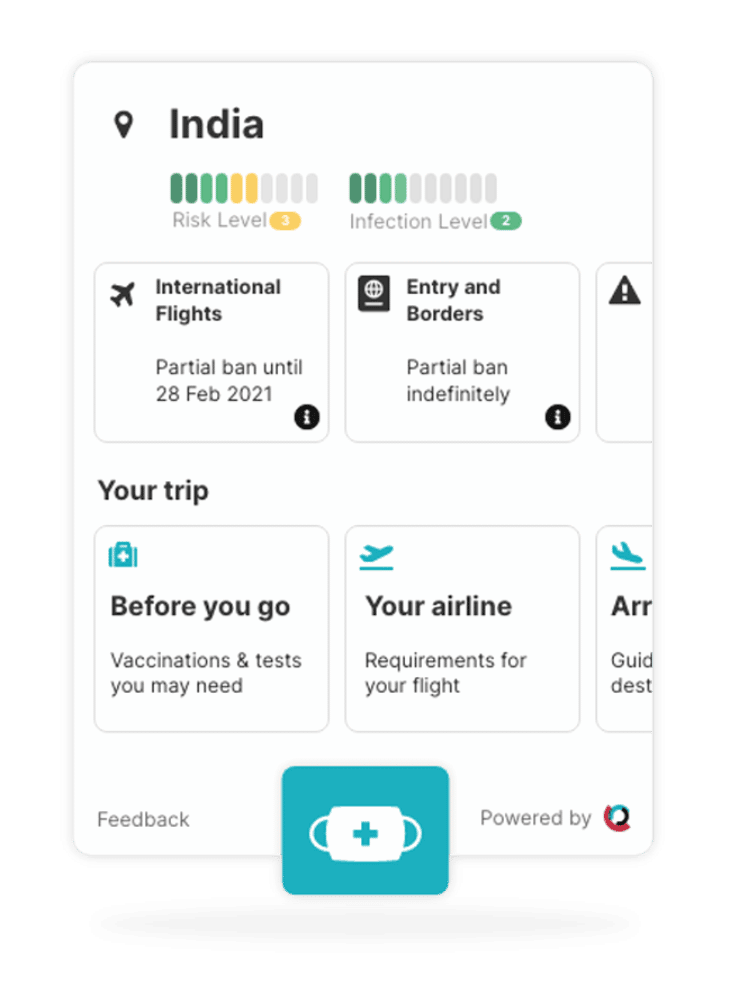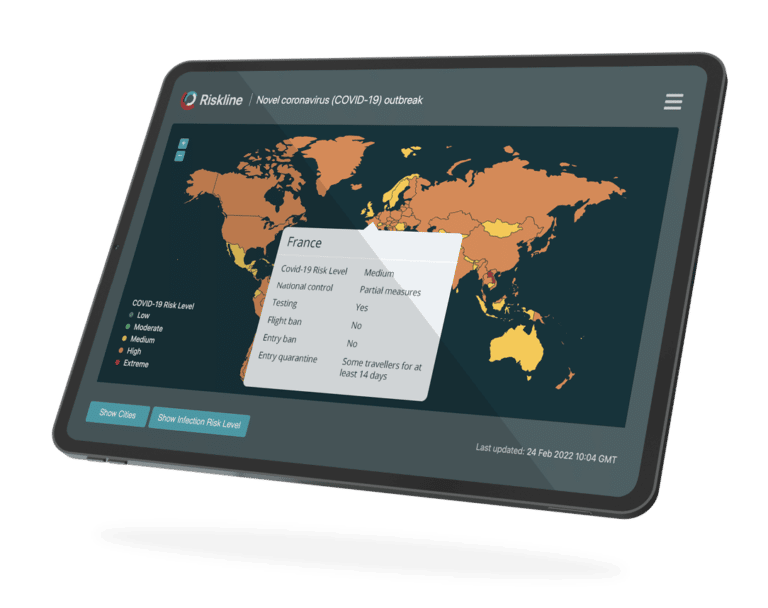Asia-Pacific
The main security development in the Asia-Pacific region has been a rapid escalation of the risk of conflict on the Korean peninsula. In 2017 North Korea carried out a total of 11 tests of short-, medium- and long-range missiles, including two that flew over Japanese airspace on 29 August and 15 September, as well as its sixth underground nuclear test on 3 September. Pyongyang has shown an unexpected level of technological development, particularly with the Hwasong-15 intercontinental ballistic missile (ICBM), which is believed to have a range of more than 13,000 km (8,100 miles) if launched on a standard trajectory. The country also reportedly tested a thermonuclear weapon on 3 September. The threat has been reinforced by the aggressive rhetoric of United States (US) President Donald Trump and the bellicose shows of force and responses of North Korean leader Kim Jong-un. Overall, the tests have exposed the vulnerability of both Japan and virtually the entire US mainland, and represented a failure of years of United Nations (UN)-backed sanctions.
The second most important security development was Islamist militancy increasingly gaining a presence across Southeast Asia as the Islamic State (IS) organisation lost large swathes of territory in Syria and Iraq. High-profile Islamist attacks were carried out in Indonesia and Thailand, with numerous terror-related arrests reported in Malaysia as well. In the Philippines, militants from the IS-linked Abu Sayyaf and the Maute group stormed and occupied Marawi, in Mindanao’s Muslim majority Lanao del Sur province on 23 May, triggering heavy fighting that lasted almost six months and left over 1,200 people, including at least 900 militants, dead in the ensuing siege. While the military offensive of the Philippine Army (PA) has completely wiped-out the Maute group’s senior cadre, including its leaders the brothers Omar and Abdullah Maute, remnants of the group still remain.
Outlook for 2018:
In the coming year, the security environment in the Asia-Pacific region will be largely dominated by the North Korean threat, as Washington’s initial strategy of forcing China to rein its unruly partner has not been successful. Meanwhile, China has been making preparations for a mass exodus of refugees from North Korea to its border areas in Jilin province, an indication that Beijing is contemplating different scenarios, including ones involving a conflict on the peninsula. Still, the overall objective of regime survival remains the main priority for North Korea, and it is unlikely that the country will risk an open conflict that would be catastrophic. Ultimately, while further tests and shows of force are certain in the medium-term, there also remains a risk of miscalculation that could escalate the situation.
In Southeast Asia, it is likely that IS-linked elements will strengthen their base of operations in the Philippines’ Mindanao, given the geographically remote location of many islands in it and in the Sulu Archipelago, making it challenging terrain for PA forces. Countries most likely to witness potential Islamist terror attacks are also Indonesia and to a lesser extent Malaysia; these last two have a sizeable number of IS sympathisers and a potential lone-wolf attack by a radicalised individual cannot be ruled out. As for Thailand, while southern insurgents are not directly connected to international terror networks, some reports suggest that it is only a matter of time for jihadist ideologies to influence some of the more radically-minded separatist militants.
Europe
Following Catalonia’s unilateral declaration of independence on 27 October, the Spanish government moved quickly to nullify the decision and remove the local political leadership from their offices in accordance with article 155 of the constitution. While large protests ensued across urban centres in the wake of the federal government’s decision to dissolve the regional parliament, separatist and constitutional political parties have both decided to participate in the new elections on 21 December. A plurality of voters continue to support independence, but polls are too close to call with respect to the outcome of the election. As it is clear that the European Union (EU) is not supportive of independence and multiple corporations have relocated their headquarters from Catalonia, support for further unilateralism has dimmed. The 21 December elections could bring a fresh pro-secession coalition to power, with a strong popular mandate that would be impossible to ignore for Madrid, but could also see a success of constitutional forces in reaction to the economic damage done to Catalonia by the unilateral secession movement.
Secondly, driven by anti-migrant backlash, far-right parties across Europe have made gains in multiple elections. Far-right success was particularly pronounced in Austria, where the Freedom Party entered a coalition led by the right-wing People’s Party. Meanwhile, votes cast for the Alternative for Germany (AfD) in the September elections were enough for the far-right party to enter parliament for the first time and to complicate coalition prospects for Angela Merkel’s Christian Democratic Union, which has struggled to reach a coalition agreement well into December. The increasing popularity of the two parties in Austria and Germany attest to a growing backlash against the influx of migrants that helped push far-right positions into the political mainstream. Their rise also poses an obstacle against the unity of the European Union, which they see as interfering in domestic affairs, including migration.
Outlook for 2018:
The threat of radical Islamist terrorism remains a high priority for security services across Europe. Within the last few weeks of 2017, for example, Russian authorities claimed to foil at least three major Islamic State (IS) plots to attack landmarks and New Year’s events. Officials across Europe will remain on heightened alert for the return of their nationals from Syria and Iraq following the territorial collapse of IS. Special border controls could be introduced suddenly across the continent, as they have in France where they have been codified into law. More challenging will be coordinating re-integration or legal action against jihadist returnees and their dependents. Since the 2015-2016 terror attacks by IS in Paris and Brussels, however, many other terror plots have been carried out by extremists who have not travelled abroad to these war zones. Though less frequent, far-right attacks mimicking the jihadists’ own tactics, as seen in London and Malmö, Sweden, have also targeted Muslims “in retaliation” for Islamist terror attacks.
President Vladimir Putin announced in December that he will run for his fourth term in the March 2018 presidential election. Among his rivals is socialite and journalist Ksenia Sobchak, who presented herself as a candidate “against everyone else”. She has been accused of being a Kremlin puppet whose true role is to give the election an illusion of competition that Putin has eliminated since assuming power in 2000. Meanwhile, opposition activist Alexei Navalny, barred from running on embezzlement convictions, has extended his popularity beyond Moscow and Saint Petersburg and mobilised his supporters to take part in nationwide rallies in defiance of any heavy-handed police response. While the election itself is unlikely to present any surprise, street protests driven by disillusionment with the Kremlin are likely to continue before and after March 2018. The upcoming FIFA World Cup will likely serve as an attractive opportunity for anti-Kremlin protesters to project their discontent before an international audience.
Middle East and North Africa
In early December, United States (US) President Donald Trump announced a major shift in US regional policy, officially recognising Jerusalem as the capital of Israel and declaring the US’s intent to relocate its embassy from Tel Aviv to Jerusalem. The decision marked a clear shift in favour of Israel, seemingly confirming to the Arab population of the region an already presumed pro-Israel bias. While the announcement immediately triggered widespread protests across the Arab and Muslim world, most protests outside of Lebanon, Jordan and the West Bank and Gaza petered out quickly, with little of the expected violence or unrest. Despite sporadic rocket fire from Gaza and exhortations by Hamas to rise up, there was no third intifada in Israel or the West Bank and Gaza; many reacted with depression rather than anger. A week after the announcement the Organisation of Islamic Cooperation issued a communique recognising East Jerusalem as the capital of Palestine, condemning the Trump announcement and signalling that the US should no longer play a role in the Peace Process.
Political developments
Shortly after Trump’s announcement, the Iraqi government made its own major announcement – the defeat of Islamic State (IS) within its borders, after pro-government forces cleared out the last major pockets of IS-controlled territory in the western desert and along the Iraq-Syria border. A similar announcement by the Iranian government in late November declaring Syria free of IS was seen as premature, with large numbers of IS fighters reportedly remaining in the country after US-backed Syrian Defence Force (SDF) fighters retook the Syrian ‘capital’ of Raqqa, and Russian-backed pro-government forces retook control of Deir Ezzor governorate. In July Iraqi forces successfully retook Mosul – the IS ‘capital’ in Iraq – marking a major moment in their campaign to roll back IS. While IS lost its territorial control in both Syria and Iraq, the group has reverted to a robust and continuing terror campaign, carrying out regular suicide bombings in and around Mosul, as well as in Baghdad and other areas. Concerns also remain over the potential disarmament of the large numbers of Iranian-backed Shia Popular Mobilisation Unit (PMU) fighters, many of whom remained deployed opposite Peshmerga positions on the border of the Kurdish region.
Outlook for 2018:
The major issues are likely to reflect the changing geopolitical situation in the region, with Iran gaining more influence, the US seen as an increasingly unreliable partner and Saudi Arabia taking a more aggressive foreign policy stance. The US declaration on Jerusalem, combined with Iran’s longstanding opposition to US influence and Saudi Arabia’s perceived closeness to the US regime, particularly under Crown Prince Mohammed bin Salman, may allow Iran to reposition itself as a defender of Muslim values, changing the regional perception of the country as a Shia or ‘Persian’ outsider. Saudi Arabia is likely to either maintain or increase its already aggressive foreign policy maneuvers – which have seen it increase its bombing and ground campaign in Yemen, try to affect the political leadership in Lebanon and attempt to isolate Qatar both politically and with a physical blockade – risking internal instability both among its Shia minority and an increasingly sceptical Sunni population, a potential decline in its standing in the region and even an open confrontation with Iran. With many regional leaders worried over the clear US support for Israel at the cost of its other regional allies, Russia and China are likely to see an increase in their influence in the region, with states such as Turkey and Iran among others likely to pursue membership in China’s NATO equivalent, the Shanghai Cooperation Organization (SCO).
Sub-Saharan Africa
2017 was a big year for elections in Africa – with Gambia, Rwanda, Angola and Liberia having important polls – however the major electoral story came out of Kenya. While democratic indicators were thought to be improving since the violent aftermath of the 2007 election, levels of political violence at the local level were already worrying by the time of the August national polls. In a surprise to many, the results of the election were annulled by the Supreme Court and a rerun was scheduled for October. Unfortunately, few of the electoral reforms called for by the opposition were implemented, prompting Raila Odinga, of the NASA opposition coalition, to boycott the second vote. Unsurprisingly, Uhuru Kenyatta won another term with 98 percent of the popular vote; Odinga has since refused to recognise the results, which he claims were fraudulent. At the same time, NASA says that dozens of their supporters have been killed by police since the start of the election period. Hopes for a political reconciliation – similar to that which ended the crisis after the 2007 election – seem misplaced. There appears to be little enthusiasm on the part of Odinga to accept Kenyatta’s presidency, while the latter sees no need to share power. Continued political polarisation in Kenya will likely lead to more political violence, and an escalation to levels seen post-2007 is not out of the question.
Other concerns
Another worrying development was the escalation of the Anglophone crisis in Cameroon’s Northwest and Southwest provinces. Begun as a series of strikes in late 2016 to demand greater rights for the region’s English speaking population, by early 2017 Yaoundé had agreed to some reforms and the release of activists arrested during the crackdown on protesters. Demands from Anglophone leaders to release all political prisoners and to remove the army from the region, however, were largely ignored. At the start of the new school year several schools, as well as some business, were burned down in suspected arson attacks, likely in retaliation for defying a new strike call. In October, secessionist militant groups – some of them based over the border in eastern Nigeria – declared the independence of ‘Ambazonia’, their name for the two Anglophone provinces. The move prompted a swift retaliation by President Paul Biya’s administration, including a crackdown on protesters that left 17 people dead and the deployment of additional security forces to the region. With little indication that either side is prepared to make concessions, this crisis is set to escalate in 2018, with the civilians of the Anglophone region – caught between irredentist militias and government forces – likely paying the highest price.
Outlook for 2018:
In the coming year, political and security issues in Sub-Saharan Africa will be dominated by the ongoing backsliding of democracy on the continent. While there were some hopeful moments in African democracy in 2017 – most notably, the regional intervention to facilitate a peaceful transfer of power in the Gambia – anti-democratic trends will continue to dominate through 2018. Longtime leaders trying to remain in power in 2018 will include Joseph Kabila in the DRC, Yoweri Museveni in Uganda, Faure Gnassingbé in Togo and President Pierre Nkurunziza in Burundi. Opposition leaders in Kenya (Raila Odinga) and Gabon (Jean Ping) continue to dispute the legitimacy of their elected governments, while the two-year political stalemate in Guinea Bissau between President Jose Mario Vaz and his own PAIGC party is set for a showdown. Further south, the Zimbabwean military appears to be consolidating its control behind President Emmerson Mnangagwa, thus changing the facade but not the structure of a government in a troubled, relatively unstable country. Elsewhere, 2018 could also see the escalation of political opposition – manifested in protests and unrest – in Burkina Faso, Guinea, Liberia, Malawi, Mali and Zambia. In short, 2018 is set to be an eventful year in African politics, for better or for worse.
Americas
The election of Donald Trump as President of the United States awakened a so-called ‘silent majority’, catalysing the resurgence of nationalist populism in US politics. Despite near record-breaking nationwide protests following his inauguration on 20 January as well as internal turmoil and scandalous speculation within his inner circle, little has swayed President Trump and his administration from their controversial reforms. Instead, 2017 witnessed a rise in the alt-right, whose success has, in part, been attributed to President Trump’s own support. Even more radical fringes of society are in the midst of a revival, including the Ku Klux Klan (KKK) in the Deep South as well as far-right neo-Nazi and white supremacy movements, which garnered support from like-minded groups in Europe. This trend was exposed publicly at the 11-12 August ‘Unite the Right’ rally in Charlottesville, Virginia, where various far-right groups wing clashed violently with counter-protesters; at least one of whom was killed in a car-ramming attack during the events. In the aftermath, President Trump received widespread criticism for failing to specifically condemn neo-Nazis and white supremacist participants. Regardless of the alt-right stepping into the spotlight in 2017, these groups are unlikely to shift the US political landscape in the long-term due to their limited ideological reach.
Weather conditions
Extreme weather conditions and irregular climate patterns also plagued large swaths of the Americas during much of 2017. While Colombia was inundated by exceptionally heavy rainfall from February through May and Argentina and Chile experienced above average storms, life-threatening drought conditions persisted in parts of Bolivia, Brazil and Paraguay. The 2017 Atlantic Hurricane Season was also hyperactive with ten hurricanes occurring consecutively; six of which were classified as major hurricane systems, with two peaking at Category 5 intensity, leaving a trail of fatal and costly devastation across central and North America as well as whole islands in the Caribbean. In particular, the islands of St. Martin/Sint Maarten and Barbuda were significantly impacted following the passing of hurricanes Irma and Jose; Barbuda continues to be uninhabitable through the end of 2017. Such events highlighted the idea that extreme weather patterns could be considered a security threat. Such extreme weather conditions – exacerbated by climate change – are likely to continue far past 2018.
Outlook for 2018:
Much of Latin America will struggle with one overarching security trend: deadly cartel and gang violence where localised power vacuums exist. In 2017, Mexico witnessed its bloodiest year since 2011, and this trend is expected to continue into 2018. As authorities continue to arrest cartel leaders, proxy wars carried out by gangs associated with major cartels will surge as these ‘baby cartels’ fight to fill power vacuums in both northern and southern Mexico. A rise in demand for heroin in the US has also fueled violence within poppy growing regions of Mexico’s Guerrero state and across the border into Guatemala’s San Marcos department. Similarly, the disarmament of the FARC in Colombia will continue to influence the rural security landscape as armed groups compete to fill drug-trade locations once controlled by the guerrilla group; a call by Colombia’s largest gang – the Gulf Clan – for a unilateral ceasefire is only expected to worsen the problem as new gangs vie for their territory. Violence will also persist in El Salvador, despite militarised anti-gang measures, as so-called ‘community self-defence groups’ emerge in rural areas, dissident members of the MS13 gang continue to join the rising splinter group MS503 and the US increases prosecution and deportation of MS13 members. The deteriorating security situations in Mexico and Colombia will play a significant role in 2018 presidential elections, where both incumbents are not eligible, and in legislative and local elections in El Salvador, where the police officials allege gangs are attempting to “infiltrate” politics.
Read more about how Riskline can help.


